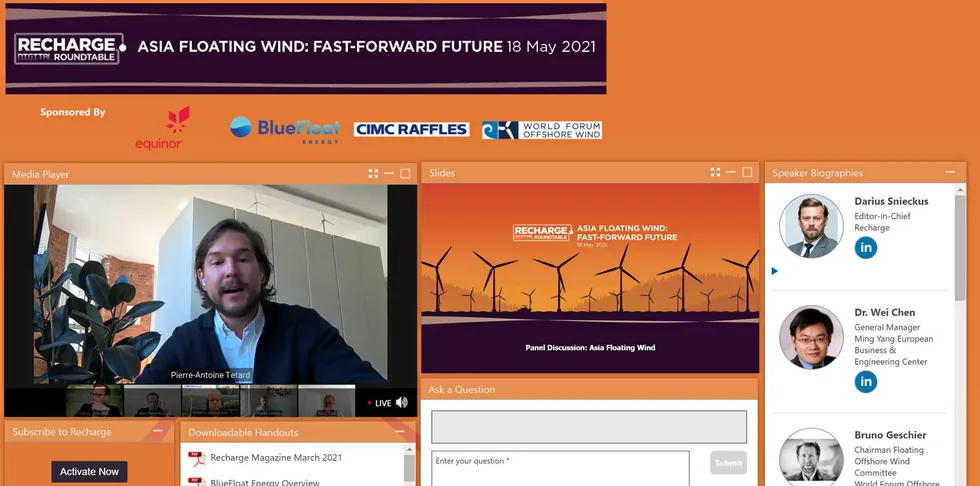'Everything's there': South Korea could rise as early Asia floating wind star, Recharge event told
Nation's supply chain and infrastructure draws admiration, but high-level panel for digital roundtable says region must close gap between 'political will' and ground-level reality
